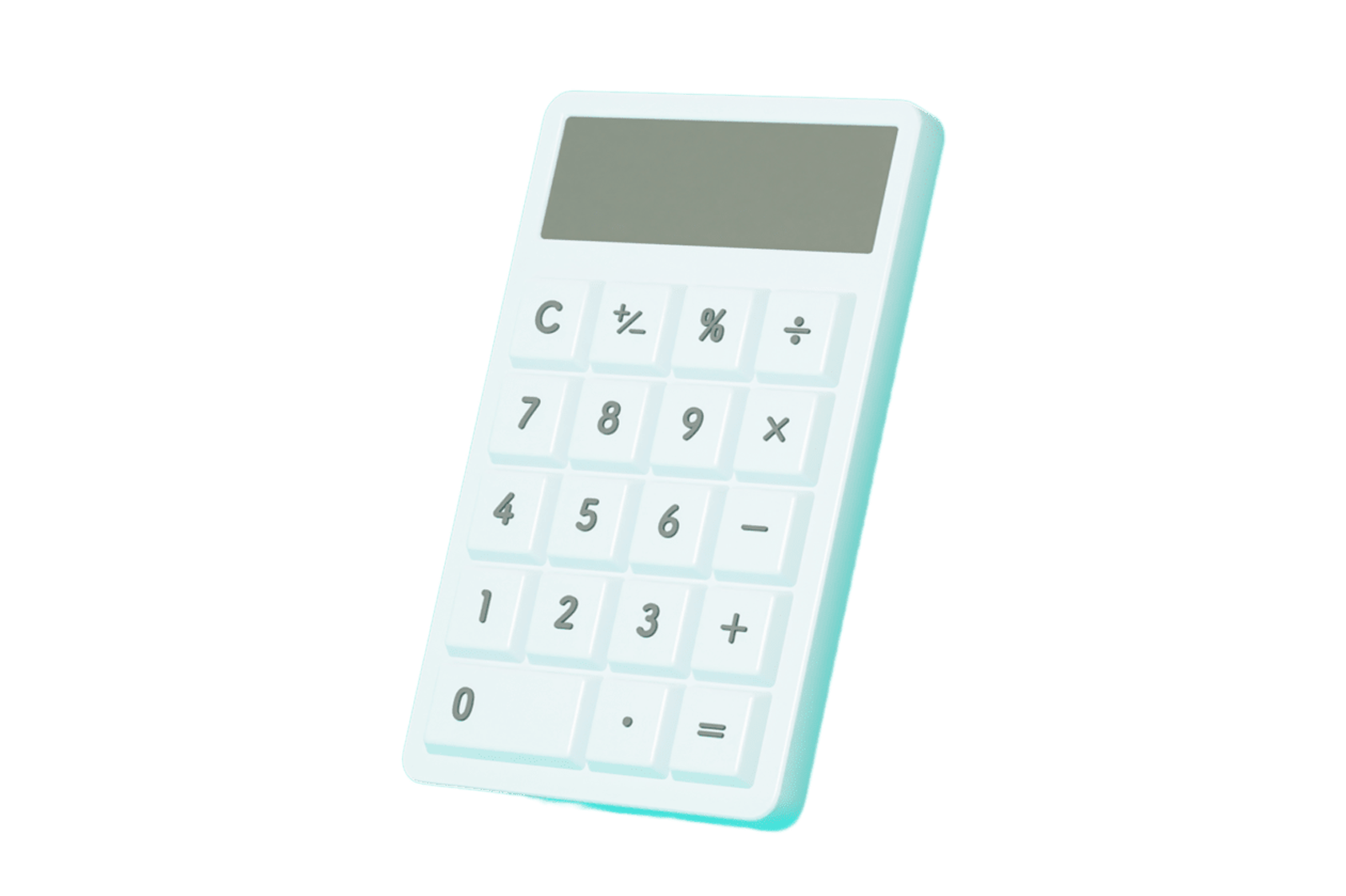Everyone has their own unique financial goals, but if yours involve long-term savings and long-term investments, then compound interest might help you get there. Continue reading to learn more about compound growth, including how it works and what the benefits of it are.
How does compound rate work
Compound growth, also known as compound interest, is a way of making your money grow faster, and who wouldn’t want that, right? In essence, compound growth is when interest is calculated on the principal amount you invested, along with the interest that you have accumulated over time. Compounding is an effective method of growing your savings because both the original investment and the income earned from those investments will grow simultaneously.
Calculating compound growth: The Rule of 72
Compound interest is all about faster growth, but how fast will your money grow?
To calculate how long it will take for your savings to double through compound interest, you can use the “Rule of 72.” Using this rule, you divide 72 by your expected rate of return. For example, if your compound annual growth rate is 5%, you would double your investment in just over 14 years. The Rule of 72 can only be used when calculating annual compound growth, however, it can still be very useful when planning out your financial goals, such as retirement.
How to benefit from compound interest
One of the best ways to benefit from compound interest is to invest a higher amount to begin with. While you must be careful to never exceed your contribution limits, especially when investing out of a registered account, such as an RRSP or TFSA, the more money that you invest, the greater your returns will be, and the faster your savings will compound.
Simple vs. compound interest
There are two primary ways of calculating interest: simple interest and compound interest. Simple interest is calculated on the principal amount (the original amount of money you invested) only. Conversely, compound interest is calculated on both the principal or original amount of money invested, along with any interest that has been accumulated over time. For this reason, you often hear the phrase “interest on interest” when talking about compound growth, because investors earn additional interest on the money they’ve accumulated in interest from their original investment.
The pros and cons of compound growth
Before you go all in with compound growth, let’s consider a few key pros and cons. After all, there are always going to be advantages and disadvantages to any type of investing.
What’s great about compound growth:
- Compound growth can facilitate wealth by helping you grow your savings
- Compound growth reduces the risk of losing wealth
- Compound growth can be beneficial when making low-interest loan repayments
What can be not so great about compound growth:
- Compound growth may not be ideal for those making minimum payments on credit card debt or high-interest loans
- The returns you earn on compound growth are taxable, i.e. they are not tax-free
- Calculating compound growth can be complex and difficult
Now that you have this general overview in mind, let’s dive deeper into some of these pros and cons, starting with the pros:
Compound interest is great if you are looking to increase your wealth through long-term savings and investments. Since you earn interest on your returns as well as your principal, compound growth can allow you to build wealth faster. That said, it generally only works effectively if you are willing to leave this money in your savings or investments for a long period of time.
Next, compound growth can lower the risk of you losing your wealth. Since you are steadily accumulating wealth, your net worth will not be as affected by factors like inflation or rising costs of living.
One last advantage of compound growth is that it can help those who are making loan repayments. When you earn more than the payment amount you owe, you can use compound growth to counter payments and interest.
Let’s dig a little deeper into the cons of compound growth:
First, compound growth may not work well for people who are only making minimum payments on loans or credit card debt. If you are only able to pay the minimum amount you owe each month, then your balance could grow due to compounding interest, which could result in a stressful debt cycle pattern.
Second, interest that you earn through compound growth is not tax-free. Quite the opposite – the amount will be added to your taxable income at the end of the year and you will be taxed on it. Depending on how much you earn, this could raise your tax bracket and mean paying higher taxes.
One final con of compound growth is that it can be challenging to calculate. While calculating simple interest is relatively easy for most, compound interest is more complex and could be difficult for the average person.
How to compound your savings
If you wish to start the process of compounding your savings, there are several ways to do so. Most people start by investing their money in one or more of the following types of products and plans:
- High-interest savings accounts: High-interest savings accounts are specialty savings accounts that offer higher interest rates compared to regular savings accounts.
- Registered savings accounts: Registered savings accounts, such as tax-free savings accounts (TFSAs) or registered retirement savings plans (RRSPs) are another place to compound your savings.
- Guaranteed investment certificates: Guaranteed investment certificates or GICs are one of the lowest-risk types of investments. With GICs, your money is invested for a specific period of time and while invested, the money earns interest at a fixed or variable rate. When the term expires, you will get back your full principal amount, as well as any interest earned.
- Mutual funds: By investing in a mutual fund, you get the benefit of investing in a group of investments, such as stocks and bonds. Mutual funds can be extremely lucrative though they tend to be more volatile than other types of investments, like GICs.
Considerations for compound interest
Before setting up an account that benefits from compound interest, you must consider a few key factors. First, be sure to consider the costs and fees of the various options out there. For instance, most plans come with annual account fees, minimum account balance fees, and possibly even trading commissions. Of course, the higher your fees, the less you will earn through compound growth. You should also ask about incentives, as some financial institutions offer incentives for opening certain accounts, such as a $100 bonus for opening an account.
Next, you will need to consider what type of compound growth account you are interested in. There are plenty of options out there, ranging from certificates of deposit and high-yield savings accounts to bonds, REITs, mutual funds, and more. Keep in mind that not all of these investments are created equal, with some being more volatile than others. Thus, you will also need to consider your risk level when deciding how to invest your money. You can learn more about student rates and fixed interest rate plans here.
Finally, before opening a compound interest account, you will need to collect the necessary information and documentation to do so. You will likely need to provide photo identification, your social insurance number (SIN), date of birth, home address, and legal name.

Embark is Canada’s education savings and planning company. The organization aims to help families and students along their post-secondary journeys, giving them innovative tools and advice to take hold of their bright futures and succeed.



